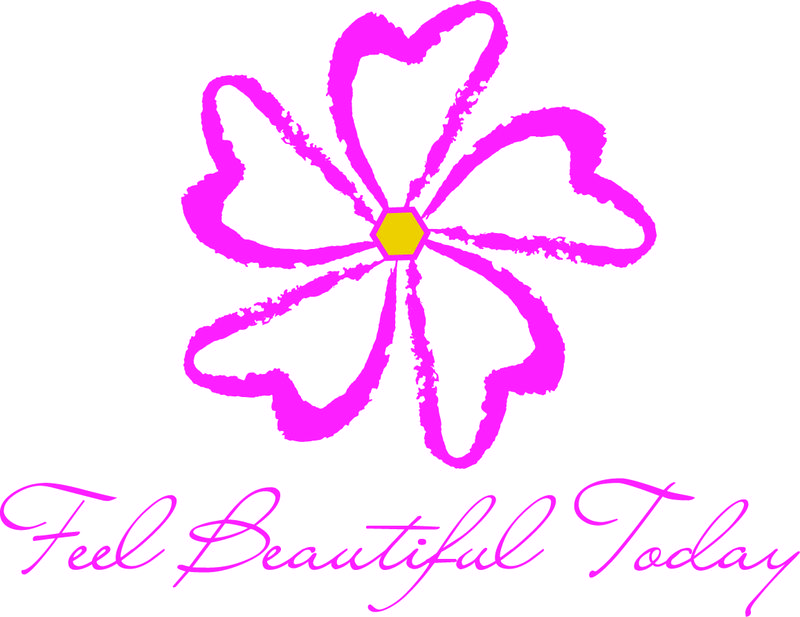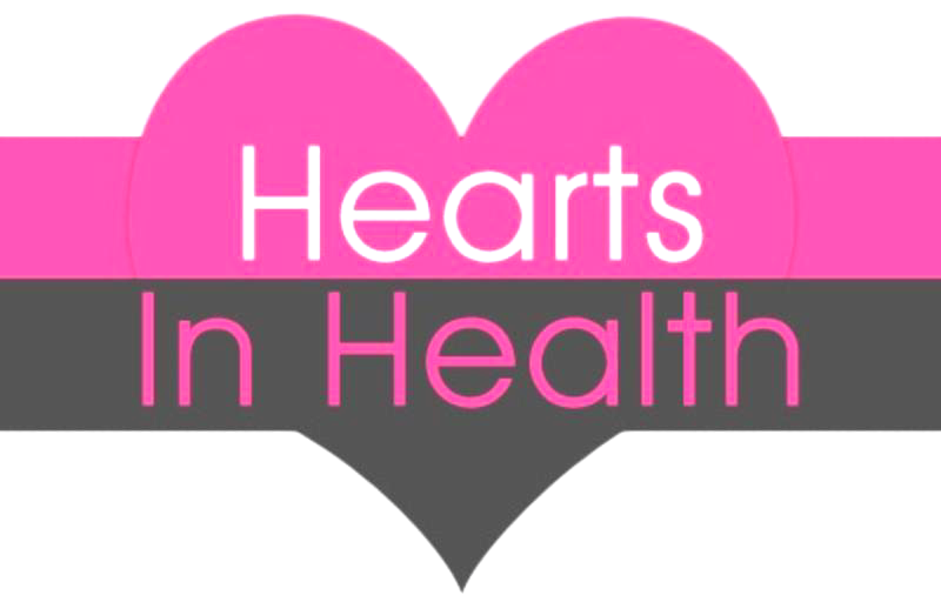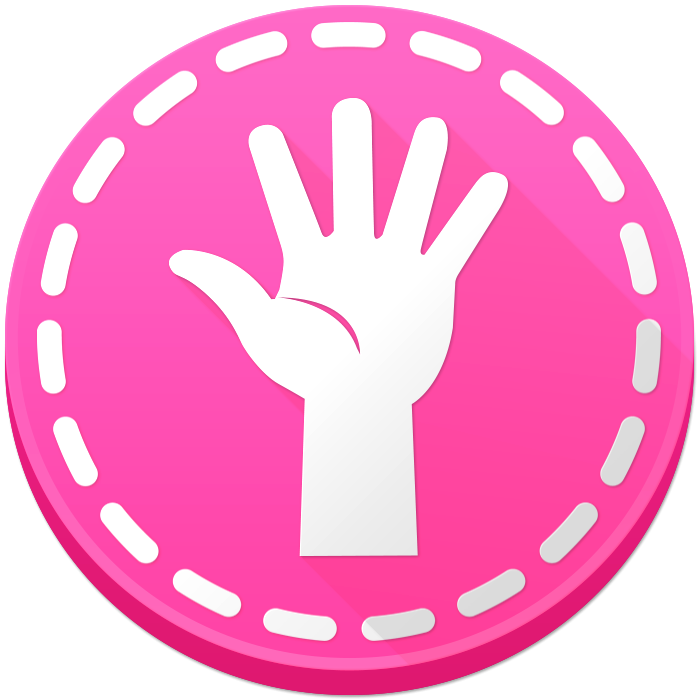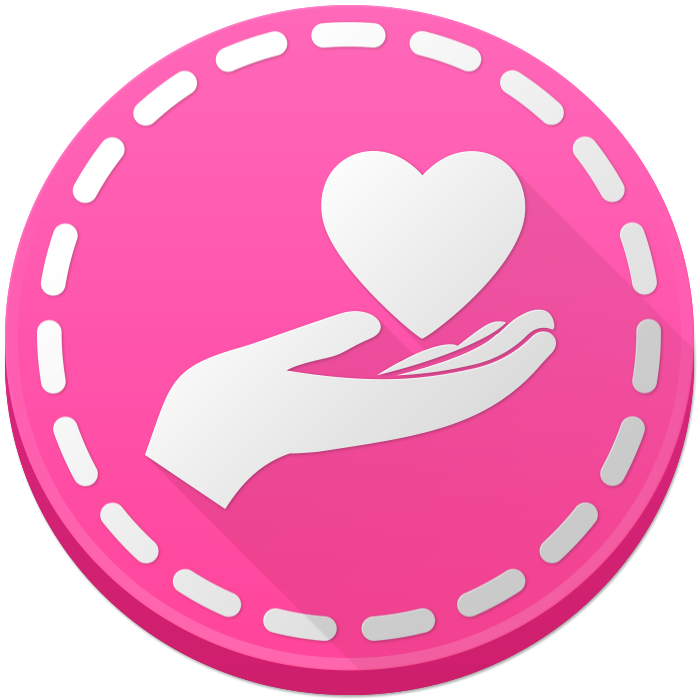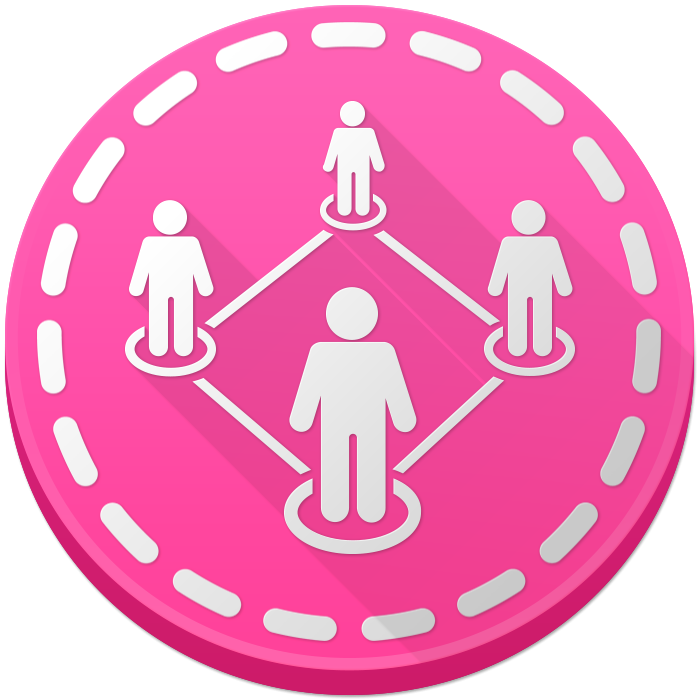HEARTS IN HEALTH
Art and Flow
by Bivi Franco on 02/02/15
We know the power of chemotherapy to help heal and fight illness, and we know the power of radiation and other medicinal treatments. But have we ever really considered the power of the brain to heal? More and more research is emerging that shows the correlation between elevated emotional, mental and physical health and regular engagement of the mind in creative activities. While participating in creative activities such as painting, writing, or in Feel Beautiful Today’s case, making jewelry, patients experience the phenomenon of flow. It is this experience of flow that physiologically changes the way the brain and the body experience the world and how the patient views his or herself and the perspective illness.
So what is flow? According to Csikszentmihalyi, flow is “the state in which people experience deep feelings of gratification and elation in response to engagement in highly desired activities” (Gutman 75). When people experience flow, they become completely engrossed in the activity, become one with the activity, lose sense of time and their worries, and experience deep satisfaction in the completion of the task (75). This momentary break from a patient’s illness allows for true respite and revitalization and, according to Gutman and Schindler, may “[result] from activation of the brain’s reward system and increased levels of dopamine” (76). Increased dopamine means a happier patient. If a patient can learn to incorporate activities that create the experience of flow, he or she then has a way of dealing with physical pain as well as a healthy escape from mental and emotional pain.
Another added benefit of the flow experience is that it evokes the relaxation response (78). According to Herbert Benson, characteristics of an activity that create the relaxation response include a quiet environment, the requirement to focus on a repetitive task, an ability to facilitate inward concentration, and encouragement to forget present worries (78). Like the experience of flow releases dopamine, it is also believed that the relaxation response might too elicit a reaction from the reward center of the brain. This release of dopamine is not, however, the only physiological advantage of participating in creative activities.
When patients participate in activities such as solving puzzles, categorization and sequencing, games that require analysis, or, in the case of Feel Beautiful Today’s jewelry-making workshops, putting beads in the order of the picture they see on a card, they are using the left hemisphere of their brain, the side of the brain “associated with elevated mood and feelings of emotional well-being” (79). Studies seem to show that by exercising use of the left hemisphere of the brain promotes greater mental and emotional health, whereas “right hemisphere activation is correlated with depressed mood and pessimism” (79). Just like exercising muscles is imperative for physical health, exercising the part of the brain that releases chemicals known to improve mood and increase the drive to survive is just as vital.
We at Feel Beautiful Today believe in the power of flow and engaging in the creative arts. Patients who participate in our programs do get lost in the activities we provide, and we see the satisfaction personally on each face that has just completed what quite possibly seemed like an impossible task. We are honored that for just a moment, we can provide a time and space for everything else to fall away and a special moment of peace and calm to be experienced.
For more information on our workshops for patients, please visit www.feelbeautifultoday.org or follow us on http://facebook.com/feelbeautifultoday.
References:
Gutman, SA, and VP Schindler. "The Neurological Basis Of Occupation." Occupational Therapy International 14.2 (2007): 71-85. CINAHL Plus with Full Text. Web. 24 Jan. 2015.
Art and Healing
by Bivi Franco on 12/17/14
“People can be healed even if they are not cured.” - Terri Zborowsky, Mary Jo Kreitzer
So many times we as humans seek to provide the cure. Ice bucket challenges via social media, three-day walks, and universities completely devoted to specific diseases are all examples of this desire. And while finding the cure for cancer is most certainly a worthwhile endeavor, what do we do in the meantime? What can we as an organization as we wait for a cure for this terrible disease? We can foster an environment to provide healing.
Healing, as opposed to curing, is wholeness, the “harmony of mind, body, and spirit” (Kreitzer). This stated, the medical community is slowly coming to redefine what health looks like. It is no longer “the absence of disease or infirmity” but rather “a state of complete physical, mental, and social well-being” (Nobel 254). With this broader understanding of what it means to be healthy, more and more research is being devoted to discovering the ties between the arts and healing. In “The Connection Between Art, Healing, and Public Health: A Review of Current Literature,” studies and literature from both databases and internet sites were evaluated and compiled to draw conclusions about the impact of the arts on health. Two main ideas are worth noting.
First, there is not a lot of empirical research concerning the impact of arts on health. It is only recently that scientists and researchers have begun to implement studies that go beyond the theoretical and accurately document objective findings. Additional complications include the lack of control groups and difficulty in finding accurate ways to measure the effectiveness of programs among patients (Noble 261). This said, the research that has been conducted all points to one conclusion. The implementation of art in a patient’s recovery is producing positive results, and more and more research is being done to better show accurate proof of this.
Secondly, “…there is evidence that engagement with artistic activities, either as an observer of the creative efforts of others or as an initiator of one’s own creative efforts, can enhance one’s moods, emotions, and other psychological states as well as have a salient impact on important physiological parameters” (Nobel 254). Not only are patients experiencing shorter hospital stays and better vital signs, but they are also able to begin to grapple with the emotional complications of a chronic illness. In participating in a creative activity, patients regain the lost sense of control that comes with a diagnosis like cancer as well as a new sense of identity apart from their illness. Perhaps the overarching benefit of participating in an artistic activity is that “it can serve as a vehicle for alleviating the burden of chronic disease” (Noble 254).
At Feel Beautiful Today we strive to create an environment where true healing can occur, where cancer patients can express their pain and grief through the act of making jewelry and painting a box. Somehow there is a camaraderie experienced when women begin to understand that they are not alone in their fight and another patient has painted a box especially for them. We see the proof of today’s research in every smile and sense of accomplishment shown on the women and girls’ faces we interact with. What research has yet to quantitatively prove, Feel Beautiful Today witnesses time and time again.
References:
Stuckey, Heather L., and Jeremy Nobel. “The Connection Between Art, Healing, and Public Health: A Review of Current Literature.” American Journal of Public Health 100.2 (2010): 254–263. PMC. Web. 12 Dec. 2014.
Zborowsky, Terri, and Mary Jo Kreitzer. “Creating Optimal Healing Environments in a Healthcare Setting.” Minnesota Medicine (2008). Web. 12 Dec. 2014.
ARTS IN HEALTHCARE
by Bivi Franco on 11/03/14
Why jewelry? Why hospitals? In Cultures of Care: A Study of Arts Programs in U.S. Hospitals, 79% of 2,333 responding healthcare institutions said they supported the arts because of their ability to bring healing and motivate, while other benefits include helping the patients’ families and aiding the patients’ physical, mental, and emotional healing (State of the Field Committee 4). At Feel Beautiful Today we see the joy on patients’ faces every time we hold a workshop for them. We see the excitement every time a patient triumphantly finishes a bracelet or their half of a Joined in Hope necklace. But what we don’t see is the physical or emotional transformation over a long period of time, so it is studies like Cultures of Care: A Study of Arts Programs in U.S. Hospitals that allow us to catch a glimpse of the long range effects of what we do.
The integration of unconventional methods of healing and conventional methods of care within the healthcare system is a growing topic of discussion. The use of arts in a patient’s treatment is considered Arts in Healthcare. According to the 2009 State of the Field Report: Arts in Healthcare, Arts in Healthcare is “a diverse, multidisciplinary field dedicated to transforming the healthcare experience by connecting people with the power of the arts at key moments in their lives. This rapidly growing field integrates the arts, including literary, performing, and visual arts and design, into a wide variety of healthcare and community settings for therapeutic, educational, and expressive purposes.” The impact holding a jewelry making session can have is deep and far reaching. According to the previous President and CEO of Rady Children’s Hospital, Blair Sadler, “When the arts…are used in hospitals and palliative care settings, pain and anxiety are reduced for patients…I am optimistic that promising new research will show these programs will reap the additional benefits of shorter hospital stays, less medication, and fewer complications…” (State of the Field Committee 8). Ultimately this is our goal at Feel Beautiful Today, to bring hope for a moment and healing for a lifetime. While we have no way of knowing what the future may hold for each woman and young girl struggling with cancer, our desire is to see them fight today and continue fighting each new day.
Patients, however, are not the only ones who benefit from the use of arts in the healthcare system. Research shows that “arts programming can create a less stressful work environment for nurses and other healthcare professionals” as well as “[improve] nurse-patient communication” (State of the Field Committee 8,14). So many times we see the connection between a nurse and patient grow as they work together in our Joined in Hope program to make one piece of beautiful jewelry. It is a symbol of their reliance on each other and the bond they share as they travel this journey together. Happy nurses make for more effective nurses, and we recognize just how instrumental they are in each woman and young girl’s recovery.
Things are slowly changing as more and more hospitals and other healthcare providers are realizing the benefits of Arts in Healthcare. In a survey taken in 2004, under half of the institutions interviewed said they included art programs in their budget while in 2007 over half of the institutions interviewed said they included art programs in their budget (State of the Field Committee 5). The momentum is building, and since 2010, Feel Beautiful Today has been a part of the movement in Georgia and will continue to do so with the help of our dedicated sponsors, staff and volunteers.
References:
State of the Field Committee. State of the Field Report: Arts in Healthcare. Washington
DC: Society for the Arts in Healthcare, 2009. Web. 28 Oct. 2014.
For more information on how you can be a part of the movement, please visit www.feelbeautifultoday.org or follow us on Facebook/feelbeautifultoday.
